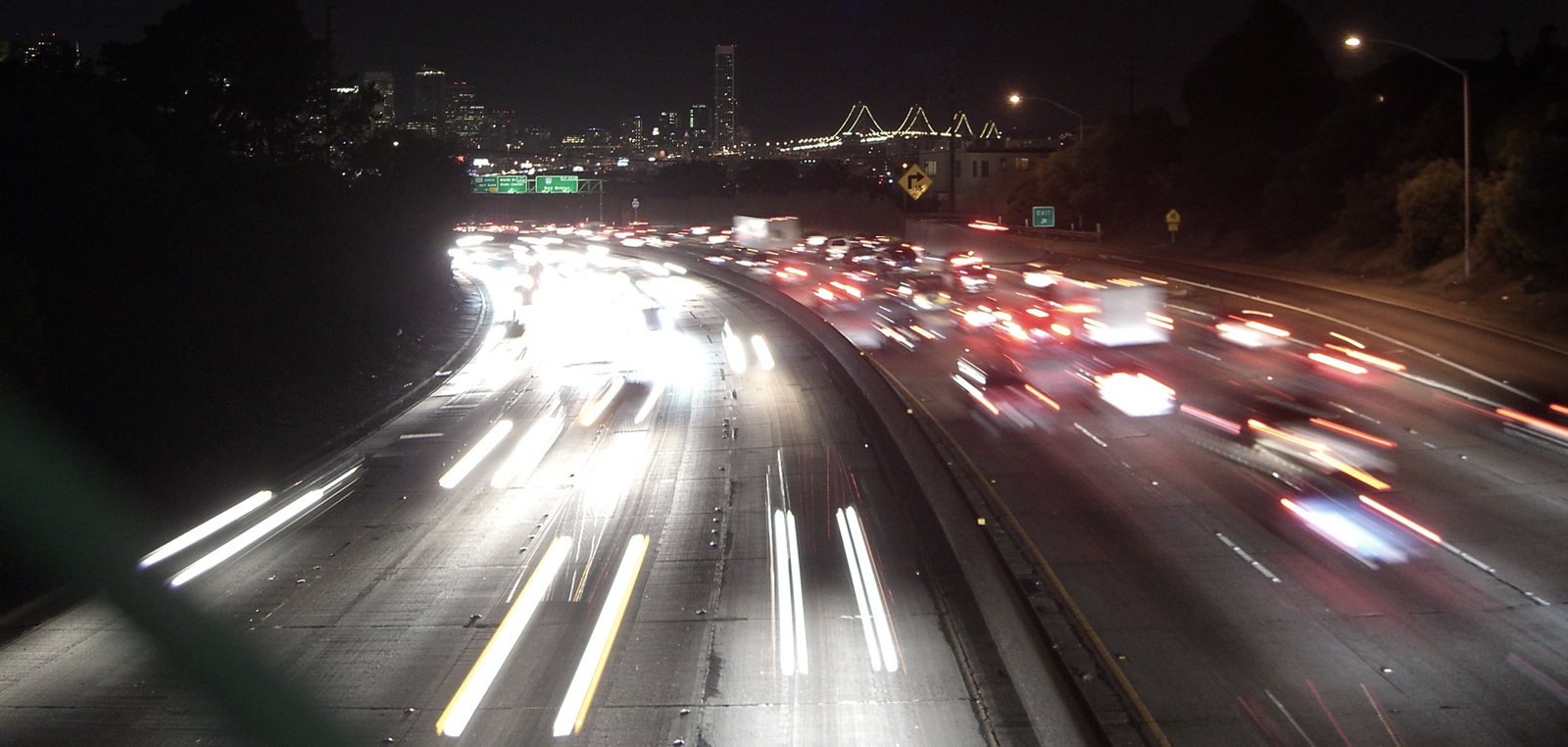That uncertainty increased this week when the California Transportation Commission gave final approval for a plan to cancel $754 million in highway, rail, transit, bicycle and pedestrian projects it had expected to fund over the next five years. The commission also put another $755 million in spending on hold.
The agency's list of projects that will be completely or partially "deleted" includes $16.7 million in BART station improvements, $15 million for improved bike and pedestrian access to the Bay Bridge eastern span, and $1.9 million to finish a project designed to make the Chinatown section of San Francisco's Broadway Street more pedestrian friendly.
The Transportation Commission said the spending cuts and delays are necessary because of a dramatic decline in revenue from the state's gasoline excise tax, which rises and falls with gas prices.
BART's Expected Bond Measure
The funding problems are prompting local governments and transit agencies to take it upon themselves to raise money.
One example: BART. Weekday ridership is at an all-time high, with about 435,000 trips a day. But trains are overcrowded, the system's cars need to be replaced, and the district needs to invest in everything from an expensive new computerized train control system to shoring up tunnels.
BART says its total need for capital improvements is $9.6 billion over the next decade. So far, it has found only half of that amount. So the district is expected to place a $3.5 billion bond measure on the November ballot.
“If the state manages to give us $4.8 or $3.5 billion, then obviously, there won't be a need," says Zakhary Mallett, who represents BART's District 7 in the East Bay. “I would be hotly amazed if that occurs.”
The Price of Unmet Transportation Needs
Kiana Valentine, a legislative representative for the California State Association of Counties, says the state has $135 billion in unmet transportation needs -- everything from roads, to bridges to trains and buses. Traditionally, lawmakers relied on the federal and state fuel taxes to meet some of these needs.
Valentine says motor-vehicle users are driving more miles and buying less gasoline and diesel due to improved fuel efficiency in today's cars.
"So we’re paying less and doing more damage, and that obviously has an impact on the condition of the transportation infrastructure as well,” Valentine says.
One solution the special session is considering is raising and stabilizing the gasoline tax. But raising the tax would take a two-thirds vote by the Legislature, which would require a handful of Republican members to join majority Democrats in approving the increased levy. But GOP legislators have signaled that they will oppose any such move.
Counties Appeal to Voters
A growing number of counties, banded together in the Self-Help Counties Coalition, have gone to voters over the last several decades asking for approval of sales tax measures to fund transportation needs.
In Ventura County, for example, the Board of Supervisors is considering a half-cent sales-tax measure that would raise roughly $2 billion over 30 years to fund transportation projects.
“About half of it for our local roads and about half of it for the 101 freeway improvement,” says Steven Bennett, supervisor for Ventura County's District 1.
In San Diego County, local officials are working on a half-cent, 40-year sales tax measure that would raise $18 billion for highways and transit. The county has had a separate half-cent transportation measure on the books since 1987.
Gary Gallegos, executive director of the San Diego Association of Governments, says there are benefits to putting such measures before the voters.
“One of the advantages to going to the voters locally that our expenditure plans tend to be pretty explicit,” he says. “So you’re in essence telling voters if you vote for this tax, here’s the projects that you get.”
